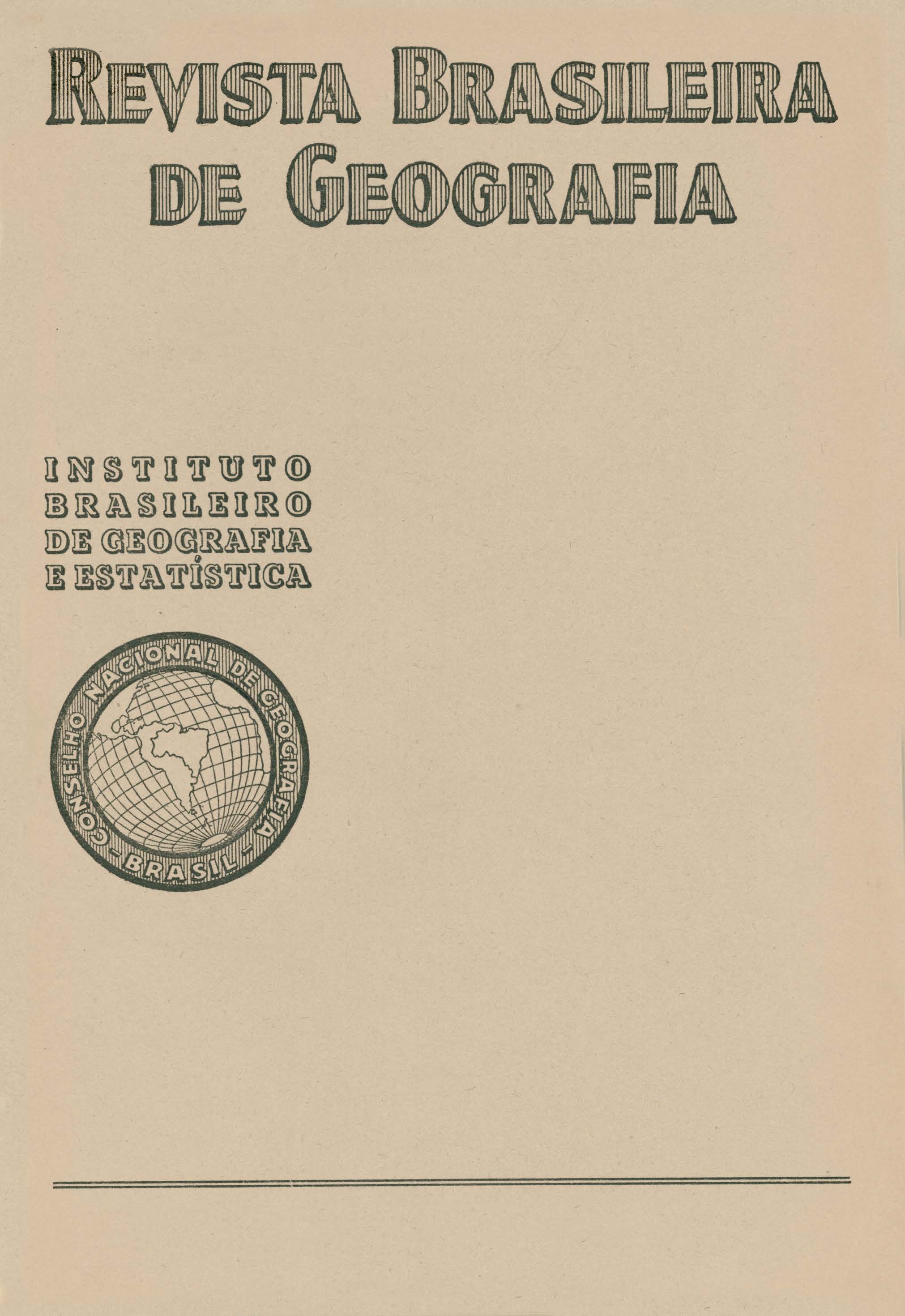Nordeste: planejamento e geografia
Palavras-chave:
Brasil;, Nordeste;, Planejamento regional;, Geografia regional;Resumo
The author divides this article into four parts. In the first he enters into considerations about the new conception of problems in the Northeast. This new point of view is expressed to the full in the creation of a new planning agency, the SUDENE (Superintendency of Economic Development in the Northeast), that tackles the drought problem merely as one of the components affecting the life of the region, which is a very different matter from the previously accepted way of thinking that considered drought to be the fundamental problem. In the second part, the author makes use of a system of indices to evaluate the extent of under development in the northeastern region and the factors involved. A comparison of the region in question with the West Center reveals the wide range of disparity, which intends to grow ever more accentuated, aggravating the situation in the Northeast. The various studies effected with a view to analyzing the problems of the region have induced the government to adopt the following orientation in order to bring the slump in the regional economy under control: intensification of industrial investments; transformation of the agricultural economy of the humid seaboard with the object of furnishing an adequate supply to the urban centers, where industrialization should be actively promoted; progressive transformation of the economy in the semi-arid zones and, finally, a shift in the position of the agricultural frontier of the Northeast so as to include the humid lands of Maranhão in the regional economy, thereby capacitating it to receive the overflow of population created by the reorganization of the economy of the semi-arid belt.
In the third part, the author points out the importance of geography in planning. Geography, above all Regional Geography, being a science embracing the global study of the region, it is well fitted to indicate the problems of the Northeast by means of a reliable diagnosis.
Unfortunately, suggests the author, geographers are not generally called upon to take part in planning operations, on account of the low esteem in which they are held by the governing classes of Brazil.
In the last part, the author examines the four fundamental topics dealt with in the SUDENE plan, and in each of them discusses the role that should be reserved for the geographer in drafting the basic precepts. In his analysis of the first topic, he cites the importance of industrial geography in making an accurate survey of the existing situation, studying the relationship between industry and stock and crop raising, and localizing a suitable site for industrial plants. Proceeding to the second topic, transformation of the agrarian pattern of the humid belt, the author criticizes the plan, considering that the change would be hard to bring about in a coastal region where monoculture was so firmly entrenched, and suggesting in exchange that the output of diversified food produce be intensified in the Agreste or transitional zone between the humid seaboard and the semi-arid interior. With regard to the third topic, transformation of the economy in the semi-arid region, the author comes out in favor of improving the livestock and the culture of cotton, and recommends restricting food crop farming to the humid valleys called "brejos", he is of the opinion, however, that Geography could prove extremely helpful in carrying out zoning studies if they were given top priority in the execution of the plan. Finally, reviewing the fourth topic, shifting the agricultural frontier into Maranhão, Prof. M. LACERDA DE MELO calls to mind that the region contemplated is largely tropical rainforest, verging on Amazonia and almost entirely unexplored from the climatic, morphological, biographical and edaphological point of view, and that it is already being settled spontaneously. He draws attention, moreover, to the necessity of ascertaining which areas are already settled and selecting the most suitable tracts for establishing farming centers and installing a system of communications.






